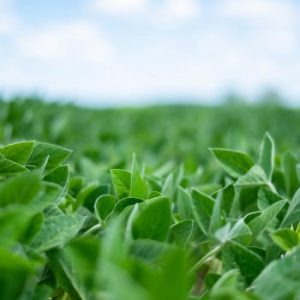It’s difficult to introduce any living organism into the environment with 100 percent certainty in the outcome, but we are getting closer and closer with biologicals. A large part of the plant environment is the microbial community, or Phytobiome, that interacts with the plant throughout the season. Ignoring direct effects on the crop plants for a moment, three primary schools of thought regarding the activity of biologicals exist today: antibiosis, niche replacement and phytobiome alteration, of which the latter holds one of the most promising outlooks for agriculture today.
Antibiosis is the use of a biological that acts like an antibiotic. The biological produces a chemical that is encountered or consumed by the target pest/pathogen with a limiting or killing effect on that organism. Streptomycin and Bacillus thuringiensis (Bt) are good examples of biologicals having an antibiosis effect. It’s important to note that while the use of both of these biologicals are common, the core organism hasn’t been eliminated from the picture, thus maintaining a more natural ecosystem.







